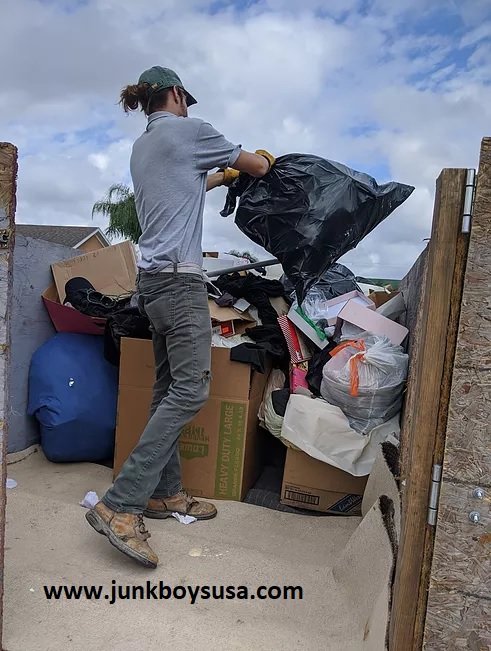Junk removal services have become an indispensable part of waste management, providing a convenient solution for individuals and businesses to declutter their spaces responsibly. Understanding the mechanics of how junk removal works sheds light on the intricate process that transforms chaos into order. In this article, we’ll delve into the key aspects of how junk removal services operate.
Scheduling and Appointment:
Junk removal typically begins with a simple phone call or online booking. Customers schedule an appointment with a junk removal company, specifying the type and quantity of items they need to dispose of. Some companies even offer same-day or next-day services for those in need of immediate assistance.
On-Site Assessment:
Upon arrival at the designated location, junk removal professionals conduct an on-site assessment. They evaluate the volume and nature of the items to be removed, determining the appropriate tools, equipment, and labor required for the job.
Cost Estimation:
Following the assessment, the junk removal team provides a cost estimate to the customer. This estimate is based on factors such as the size of the items, the amount of labor involved, and any additional services required, such as heavy lifting or specialized equipment.
Consent and Agreement:
Once the customer agrees to the terms and cost, the junk removal team proceeds with obtaining the necessary consent and permissions to access and remove the items. This may involve signing a service agreement or waiver, depending on local regulations and company policies.
Item Sorting and Removal:
The actual removal process involves systematic sorting of items. Junk removal professionals categorize items into recyclables, donations, and those destined for disposal. This step aligns with the growing emphasis on eco-friendly practices and sustainable waste management.
Loading and Transportation:
After sorting, the removal team efficiently loads the items onto their designated vehicle. Junk removal companies often use trucks of various sizes to accommodate different job requirements. Proper loading ensures optimal space utilization and minimizes the environmental impact of transportation.
Responsible Disposal and Recycling:
Junk removal companies prioritize responsible disposal practices. Items earmarked for disposal are taken to authorized landfills, while recyclables are delivered to recycling facilities. Some companies also collaborate with local charities to donate usable items, contributing to community welfare.
Clean-Up:
A thorough clean-up follows the removal process. Junk removal professionals ensure that the removal site is left clean and free of debris. This attention to detail enhances customer satisfaction and reinforces the commitment to a complete and efficient service.
Documentation and Receipt:
A well-organized junk removal service provides customers with documentation, including a receipt detailing the services rendered and the final cost. This transparency helps build trust and provides customers with a record of the transaction.
Post-Service Follow-Up:
Some junk removal companies engage in post-service follow-ups to gather feedback and ensure customer satisfaction. This step contributes to continuous improvement and allows the company to address any concerns or issues promptly.
Conclusion:
Junk removal is a streamlined process that combines efficiency, professionalism, and environmental responsibility. As individuals and businesses seek to declutter and responsibly dispose of unwanted items, understanding how junk removal works empowers them to make informed decisions and contribute to sustainable waste management practices.


